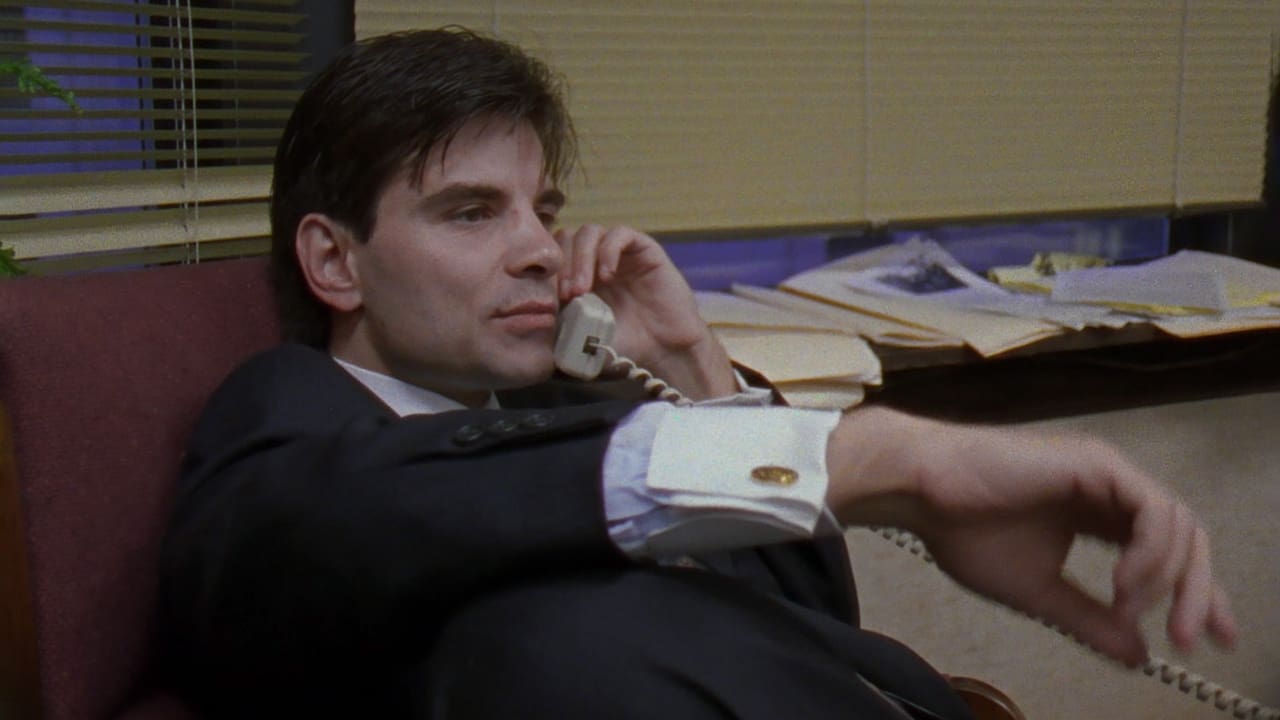

What a waste of my time!!!
... View Morethe audience applauded
... View Morejust watch it!
... View MoreThe film never slows down or bores, plunging from one harrowing sequence to the next.
... View MoreA documentary of the Bill Clinton 1992 presidential campaign and the organization who ran it.Wile this film was great in its own time, it has only gained in importance since. First of all, the choice to follow Clinton is an interesting one. While he ultimately won, at the beginning of the campaign, Clinton was losing to Paul Tsongas. It would be a very strange film if it followed a candidate who never even won the primary. Would such a film be completed or would they just scrap the whole project? But those involved have risen. George Stephanopoulos has become an important political commentator. James Carville is a legend. The Clinton family has had political influence far beyond 1992 (though it took quite a hit in 2016). And then there is Rahm Emanuel, who could someday make a run of his own.
... View MoreYou know all you need to know about this "documentary" with a statement George Stephanopoulos makes early to reporter Sam Donaldson.Stephanopoulous, a member of the unbiased (ahem) media since the end of the Clinton Administration and a former member of said administration, looks Sam right in the eye and says, with all sincerity, that Bill Clinton's "character has never been in doubt."Yeah, right.Well, if you want a lot more Liberal slants, especially by another crony, James Carville, this video is for you. It's all about how wonderful the Clintons are and how they got elected by smart guys like the above-mentioned pair. Actually, it's more of a praise-a-thon to Stephanopoulos and Carville than Mr. Bill. By the way, Hollywood would never make something like this if a Republican had won. They are only thrilled enough to make something like this if a Democrat wins.One other thing: it was a shock to see this on tape a couple of years after it was made just to see how young Clinton looked. It's amazing how quickly the job of President of the United States can age you.
... View MoreThis would be an excellent film to show high school poly sci students. It shows the combination of art and craft that goes into a campaign; it promises to entice students into politics without pretending that there isn't some finagling and footwork involved.Weak points: The sequence involving the Bush Brazilian print job goes on way too long and then doesn't resolve. Also, I (for one) was looking forward to seeing that timeless moment during the East Lansing debate when Clinton stepped away from the podium to address the draft issue, head on. That was a make-or-break moment that reminded us just how far a little candor can go when conventional political wisdom has us by the lapels, screaming in our faces. It's too bad the directors/editors didn't see fit to give us that critical moment, which I consider quite historical, not to mention on-topic.All told, worth seeing. Interesting to watch something like this and remember that the pendulum sometimes swings...that way.
... View MoreI first saw this at Doc Films at the University of Chicago. I was expecting it to be interesting, but dry. Wow, was I wrong. The entire audience was enthralled and frequently laughing their heads off. You couldn't make up comedic characters like these if you tried. James and George are just amazing. (Of course, there would be times where HALF the audience was laughing, split along party lines. :-) )The filmmakers also liven up the proceedings with good choices of music and little bits of Americana tossed in here and there. Invite over all your political junkie friends, get a few beers, rent this movie, and enjoy.
... View More